English folklore consists of all the myths and legends about England. This includes everything from mythical creatures, urban legends and folk tales originating from the English region. English folklore is strongly influenced by pagan tradition. A significant number of figures, legends and creatures in English folklore were adapted from pre-Christian traditions in the region. The pagan influences cause folklore to vary between the different regions of the country. While this is true, some myths remain consistent across the country.
Robin Hood
Robin Hood's exact origins are difficult to determine. This is because several different regions of the country have their own stories and adaptations of Robin Hood. Although there are several different adaptations of the story, Robin Hood is known as a very skilled archer who fought against the corruption of Sheriff Nottingham. Robin Hood did this to protect the people. The stories of his adventures usually included his band by Merry Men and his love interest Maid Marian. His stories include activities such as stealing from the rich or, more specifically, Sheriff Nottingham, and giving the stolen goods to the poor. Stopping Sheriff Nottingham's sinister plans was also part of Robin Hood's plans 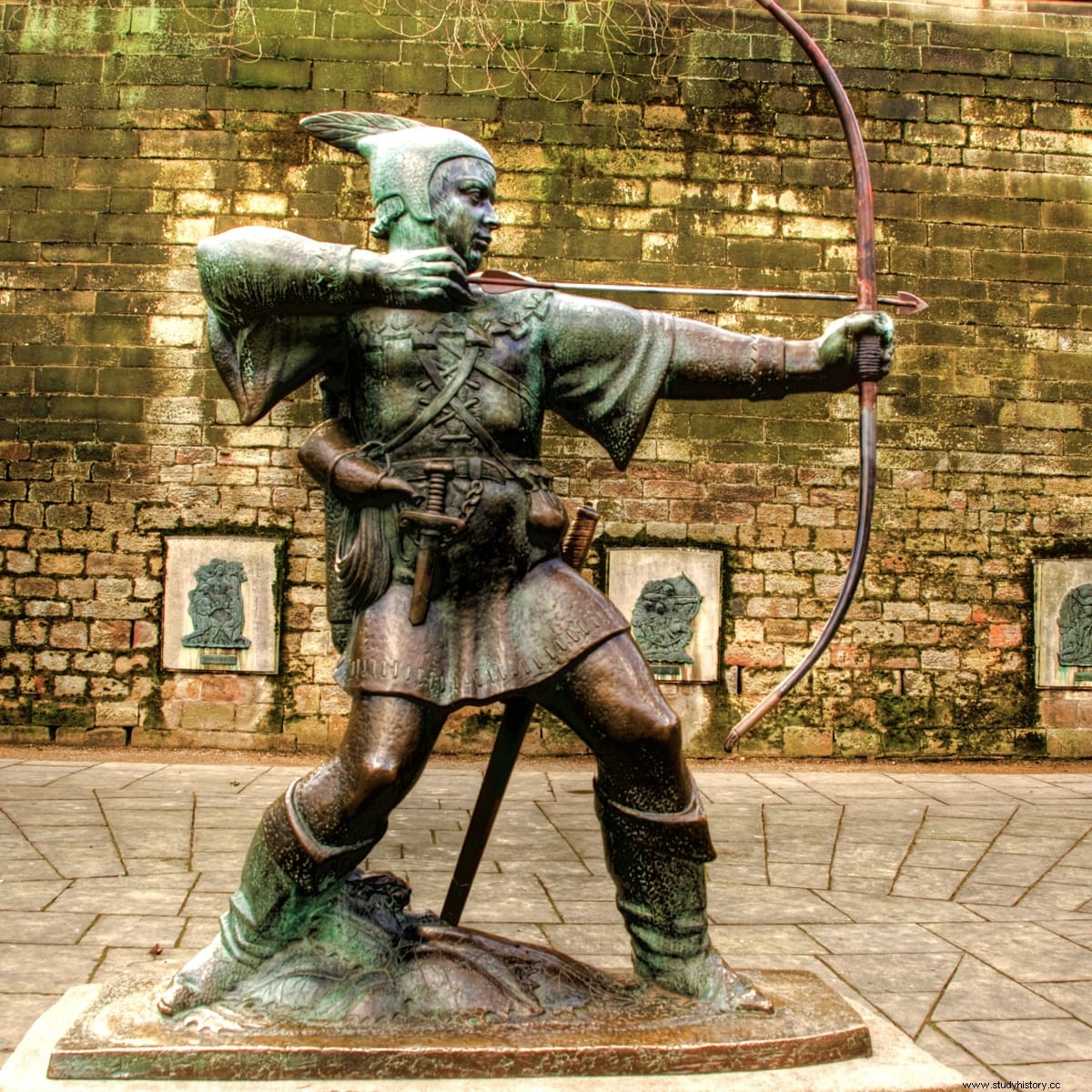
King Arthur
King Arthur is probably the most legendary character from English folklore. His story is so well known and has received so much attention that many believe that King Arthur was a real person. He was not a real person, and most of the places and events in his story were also fabricated. King Arthur's story is one of the most complex folk tales with several stages that describe how he drew his sword from the stone and became king. He also has stories of his adventures with the Knights of the Round Table and the Holy Grail. King Arthur's legacy is still alive today and plays a major role outside English folklore.
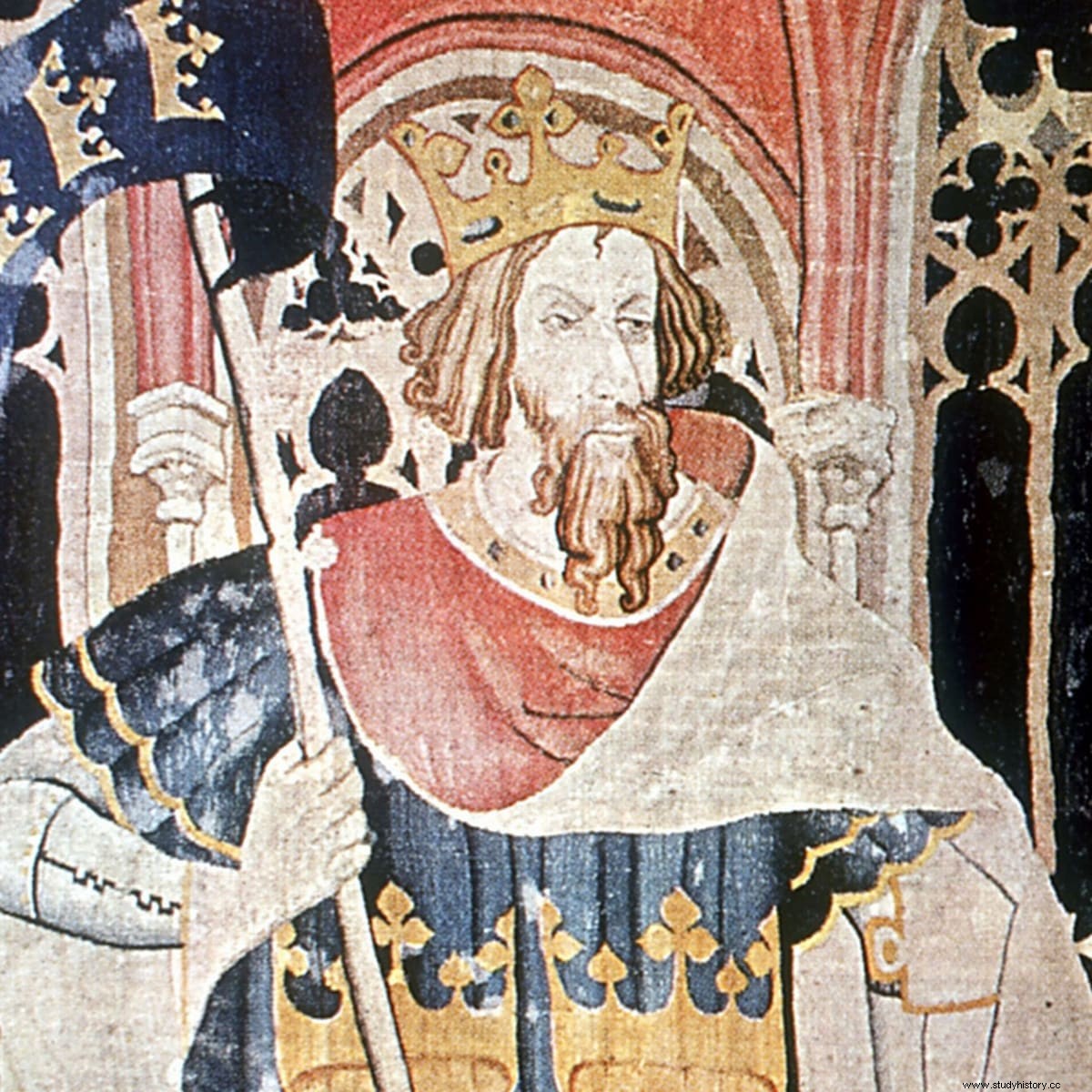
Jack the Giant Killer
The story of Jack the Giant Killer is linked to the story of King Arthur. Jack's story tells the story of a boy who meets a giant and successfully kills the giant using his wit and cunning intelligence. After killing the giant, the townspeople gave Jack the title "giant killer". Jack then declares that he wants to kill all the giants living in Cornwall, which he eventually does. The legendary character Jack the Giant Killer is often associated with the story of Jack and the Beanstalk because they are both cunning young men who steal from and defeat giants. The stories are separate even though they have similar themes.
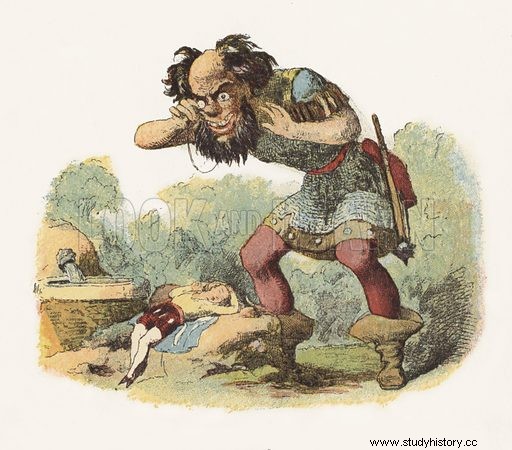
The guy from Warwick
Guy of Warwick was featured in romance stories from 13 th to 17 th centuries. The Guy of Warwick's stories tell of a man at the Earl of Warwick's court. The guy falls in love with the earl's daughter, Felice. Then he must prove that he is worthy of her hand in marriage by competing in a variety of tasks and by becoming a knight. His story is very similar to Greek mythology. The tasks he had to complete included all sorts of things, from killing monsters to traveling through Europe. Guy eventually wins Felice's hand in marriage. However, his story is not good. Guy goes through a tragic arc, and that's why his story is like mythology.
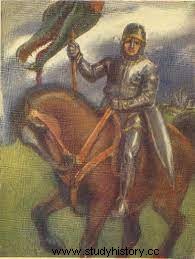
Jack o 'Kent
Jack o 'Kent is a cunning man in English mythology and folklore who also had a talent for outwitting the Devil. The origin of his story comes from 16 th century. Jack was from Herefordshire, and most of his stories involve entering into agreements with the devil and then using the plains to reach the top. One of Jack's most popular stories is that he enters into an agreement with the Devil to have a good harvest, and in return the Devil receives half of the crop. Jack then asked the devil if he wanted the top or bottom of the crops. The devil chose the tops, and expected Jack to have planted wheat so that he would have received the usable part of the crop. Jack actually planted turnips, so the Devil received the least valuable part of the crop.
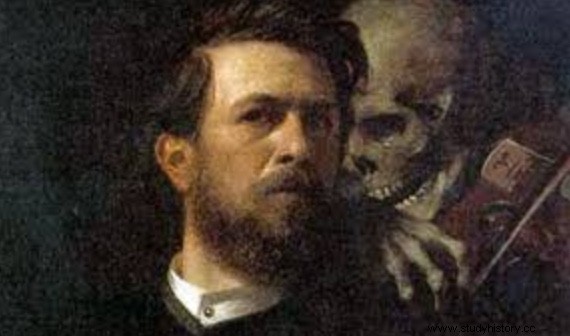
Jack with feather heel
Spring-Heeled Jack is a recent story about English folklore that originated in the late 19th century. In Victorian London, there was panic because it was thought that Spring-Heeled Jack was a demon or devil jumping on the roof. Some accounts even recalled him breathing fire. However, the view of Spring-Heeled Jack is not all consistent. Some remembered that he was human-like and knew English, but others claimed that he was a ghost with eyes that were red fireballs. Even with all the inconsistency around him, the audience continued to develop the legends around him and the attacks that were believed to have been carried out by him. The legend of Spring-Heeled Jack even inspired characters in the media today.

The Cauld Gutt of Hylton
The Cauld Lad of Hylton is a ghost from Sunderland and his story has a small amount of history attached to it. The story is about a stable boy who was killed by Baron Hylton after arriving too late to complete a task set by the baron. The boy's body was then thrown into a well and eventually discovered. The baron claimed that the boy died by accident, so he was acquitted of all charges. That part of the story is the part that may have a certain truth, because in 1609 Robert Hylton, the 13th th Baron of Hylton, was pardoned for a crime. Beyond just the origin story, there are several magical events surrounding the stories of Cauld Lad of Hylton. Legend then goes on to say that the boy continued to haunt the baron's castle. Things like the kitchen would be turned into a mess overnight or the ashes from the fireplace would be moved to the floor. The story goes that one of the chefs at the castle stayed overnight to see what happened and saw the ghost of a boy crying over being cold. The chef left him a warm cloak every night, and the haunting then stopped. This is how the title "Cauld Lad of Hylton" developed.
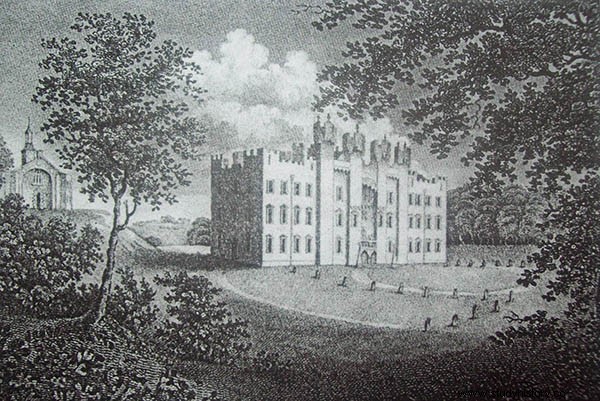
The Hunter Herne and the Wild Hunt
The Hunter Herne is associated with the widely acclaimed folktale about The Wild Hunt. The Wild Hunt is a story that spans several countries in Europe and centers around a mythical creature who leads a hunt with an army of ghosts. Herne the Hunter is a ghostly character who leads the Wild Hunt in Grimm's version of the story. Herne the Hunter was reportedly from Windsor Forest in Berkshire. He is usually depicted as having antlers growing from his head and riding a horse. The character of Herne the Hunter was even mentioned in the Shakespeare play The Merry Wives of Windsor from 1597.
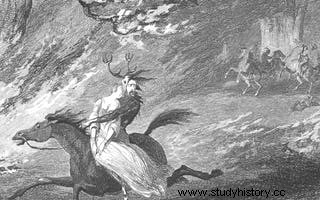
Folklore creatures and artifacts
The black dog is a spectral or demonic entity that is often associated with the devil, and it is believed to be a warning of death. The black dog is said to be larger than a normal dog and has large, glowing eyes. Black dogs are generally believed to be scary or malicious, but few are believed to be directly harmful. The black dog is a prominent feature of the folklore of the British Isles and Northern Europe in general.
The definition of a boggart depends on local or regional tradition. A boggart can be either a household spirit or a malevolent spirit living in fields, marshes or other types of land. A household bookkeeper will do things like make things disappear, spoil milk or affect pets in a negative way. It is believed that a boggart will follow a family wherever they go. It is said that boggart should not be named because once a boggart is named, it becomes unreasonable, uncontrollable and destructive. This belief is popular in the North of England. Boggarts living in different types of countries are said to do much more vicious deeds than household boggarts, such as abducting children.
A brownie in English folklore resembles a hobgoblin. A hobgoblin is a hearth spirit who was considered useful, but after the spread of Christianity, they were thought to be mischievous. A brownie is said to live in a house and help with household activities. Brownies do not like to be seen, so they do their job at night in exchange for small gifts or food. In terms of food, they enjoy things like porridge and honey. Brownies will usually leave a house if the gifts are called or thought of as payments, or if the homeowners abuse them. The brownies usually live in an unused part of the home they are in. If a cake thinks a homeowner is lazy, they will prank or punish them. The description of a brownie will vary depending on the region, but they are usually described as ugly, brown and covered in hair. In the oldest stories about brownies, they were the size of humans, but in recent stories they are described as small and shrunken. A brownie is always either naked or in rags, and if a homeowner tries to give the brownie clothes, they will leave forever.
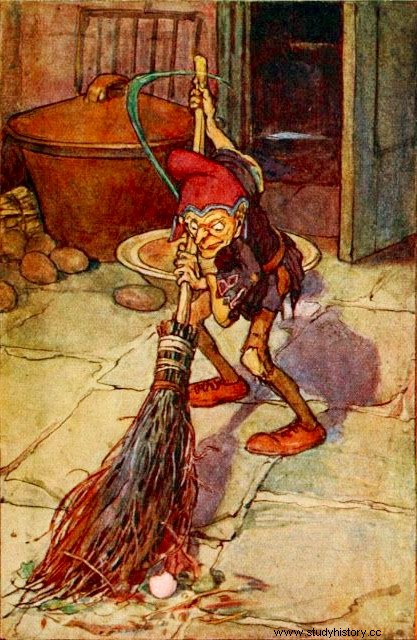
The device called will-o'-the-wisp or will-o'-wisp can be seen in the folklore of many different countries. The will-o'-the-wisp is a light that appears in the atmosphere that has no obvious cause and that is seen by travelers at night. They are especially present in bogs, swamps or marshes. It is said that will-o'-the-wisps mislead travelers by looking like a flickering lantern. In the literature, the appearance or use of a will-o'-the-wisp is a metaphor that refers to a goal that leads one further, but it is actually impossible to achieve. It can also refer to something that one thinks is scary. The will-o'-the-wisp is present in many English folk tales and is often portrayed as a malicious character. More specifically, in Welsh folklore, it is believed that the light from the will-o'-the-wisp is a "river fire" held in the hand of a púca. A púca is a small Santa-like fairy who is mischievous and willfully lead lonely travelers off the road at night. When the traveler follows the púca through a swamp and then the fire is extinguished, leaving the traveler extremely lost.
Another legendary creature in English folklore that resembles a brownie is the lob or lubber devil. The lobe is described as a large, hairy man with a tail. They do housework and other chores in exchange for a plate of milk and a bed in front of the fire.
The Green Man is another figure in English folklore. The legendary nature of the green man is typically interpreted as a symbol of rebirth. He also represents the cycle of new growth that begins each spring. The green man has many variations in the depictions, but his face is usually covered with leaves and branches or vines that sprout from different places on the face and only flowers. He is often used as decorative architectural ornaments and depicted in sculptures or masonry.
Drake's Drum is a snare drum that was allegedly used by Sir Francis Drake when he sailed the world. Just before he died, he ordered the drum to be taken to Buckland Abbey. He claimed that if England were ever in danger, that if anyone hit the drums, he would return and defend his country. Legend has it that the drum can be heard beating at times when England goes to war.
The legend of the mistletoe branch is a story related to mansions in England. In England, there has been a long tradition of ghost stories for Christmas. The background of the legend has a darker tone. It starts with a bride playing hide and seek or just trying to get away from the crowd of wedding guests during the wedding breakfast on Christmas day, so she hides in a coffin in the attic. She could not escape from her chest, and the guests thought she was playing a joke, or she just ran away. After being trapped in her chest for so long, she suffocated and died. Her husband still found her skeleton in her breast years later.
the conclusion
English folklore is a complex mixture of storytelling and superstition that has roots far back in time before recorded history. Many of these legends are still believed and retold today. This underlines the long-lasting effect these folk tales have had on English culture. Some of the English folklore stories are so deeply embedded in the culture that some of the stories are believed to be true. English folklore is linked to regional and local communities more than at the national level. It only reveals how folklore reflects the culture it comes from.
